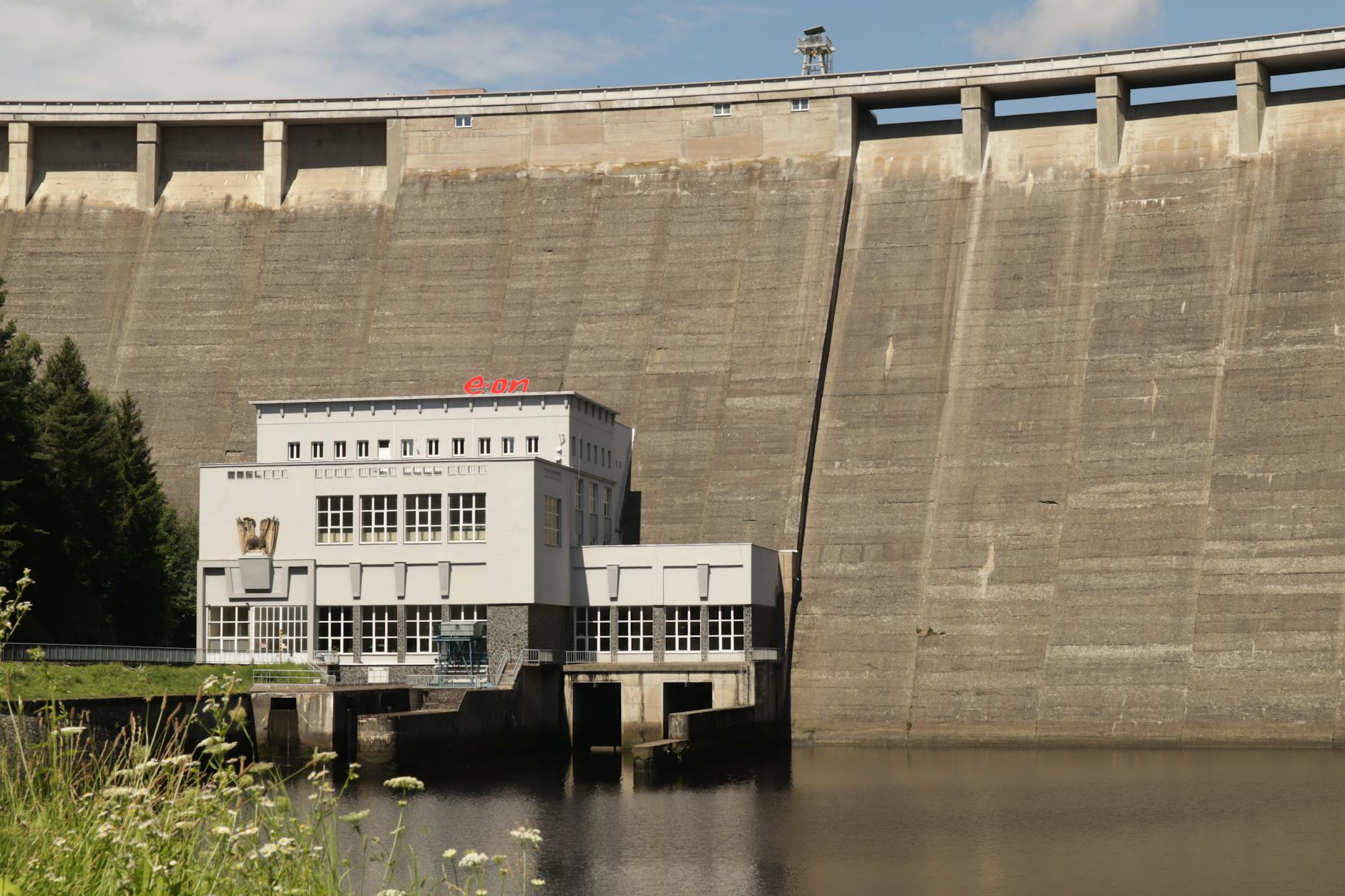- Understanding Precision Harvesting Robotics
- Benefits of Precision Harvesting Robotics
- Best Practices for Implementing Robotics in Precision Harvesting
- Case Studies: Success Stories in Precision Harvesting Robotics
- Future Prospects and Innovations in Precision Harvesting Robotics
When it comes to modernizing agriculture, precision harvesting through the use of robotics is revolutionizing the industry. With advancements in technology, the integration of robotics in agriculture has led to increased efficiency, higher yields, and reduced labor costs. In this article, we will delve into the best practices for implementing robotics in precision harvesting to maximize its benefits for farmers.
Understanding Precision Harvesting Robotics
Precision harvesting robotics involve the use of autonomous machines equipped with sensors, cameras, and artificial intelligence to perform tasks such as fruit picking, sorting, and yield monitoring. These robots are designed to navigate through fields, identify ripe produce, and harvest crops with precision and efficiency. By utilizing robotics, farmers can streamline their harvesting process, reduce manual labor, and optimize crop quality.
Benefits of Precision Harvesting Robotics
One of the key benefits of using robotics in precision harvesting is increased efficiency. These machines can work around the clock, without the need for breaks, leading to faster and more consistent harvests. Additionally, robotics can reduce the reliance on human labor, especially for repetitive and physically demanding tasks, which can help alleviate labor shortages in the agriculture sector. Furthermore, precision harvesting robots can minimize crop damage and waste by accurately selecting and harvesting only the ripe produce.
Best Practices for Implementing Robotics in Precision Harvesting
1. Assess Farm Requirements: Before investing in precision harvesting robotics, farmers should assess their specific needs and requirements. Factors such as crop types, field conditions, and harvesting volumes play a crucial role in determining the type of robotics technology that would best suit the farm.
2. Choose the Right Robotics System: There are various types of precision harvesting robotics available in the market, each catering to different farming needs. Farmers should carefully evaluate the features, capabilities, and compatibility of robotics systems to ensure they align with their farm operations.
3. Integration and Training: Proper integration of robotics into existing farm infrastructure is essential for seamless operation. Farmers should provide adequate training to personnel operating the robotics systems to maximize their efficiency and productivity.
4. Routine Maintenance and Upkeep: Like any technology, precision harvesting robotics require regular maintenance and upkeep to ensure optimal performance. Farmers should follow manufacturer guidelines for maintenance schedules and address any issues promptly to prevent disruptions during harvesting seasons.
5. Data Analysis and Optimization: Robotics equipped with sensors and AI capabilities generate a wealth of data that can be used to optimize farming practices. Farmers should analyze this data to identify patterns, improve harvesting techniques, and make informed decisions for future crop cycles.
Case Studies: Success Stories in Precision Harvesting Robotics
Several farms have successfully implemented precision harvesting robotics and reaped the benefits of increased efficiency and productivity. For instance, a vineyard in California integrated autonomous grape-picking robots to speed up harvesting operations and improve grape quality. Similarly, a strawberry farm in Japan deployed robotic harvesters to accurately pick and sort strawberries, resulting in higher yields and reduced labor costs.
Future Prospects and Innovations in Precision Harvesting Robotics
The future of precision harvesting robotics looks promising, with ongoing research and development focused on enhancing automation, AI capabilities, and mobility in agricultural robots. Innovations such as swarm robotics, machine learning algorithms, and robotic arms with soft grippers are poised to further revolutionize precision harvesting practices and address the evolving needs of the agriculture industry.
In conclusion, precision harvesting robotics offer a sustainable and efficient solution for modern agriculture. By embracing the best practices outlined in this article, farmers can leverage robotics technology to streamline their harvesting processes, increase yields, and stay competitive in the ever-evolving agricultural landscape.


